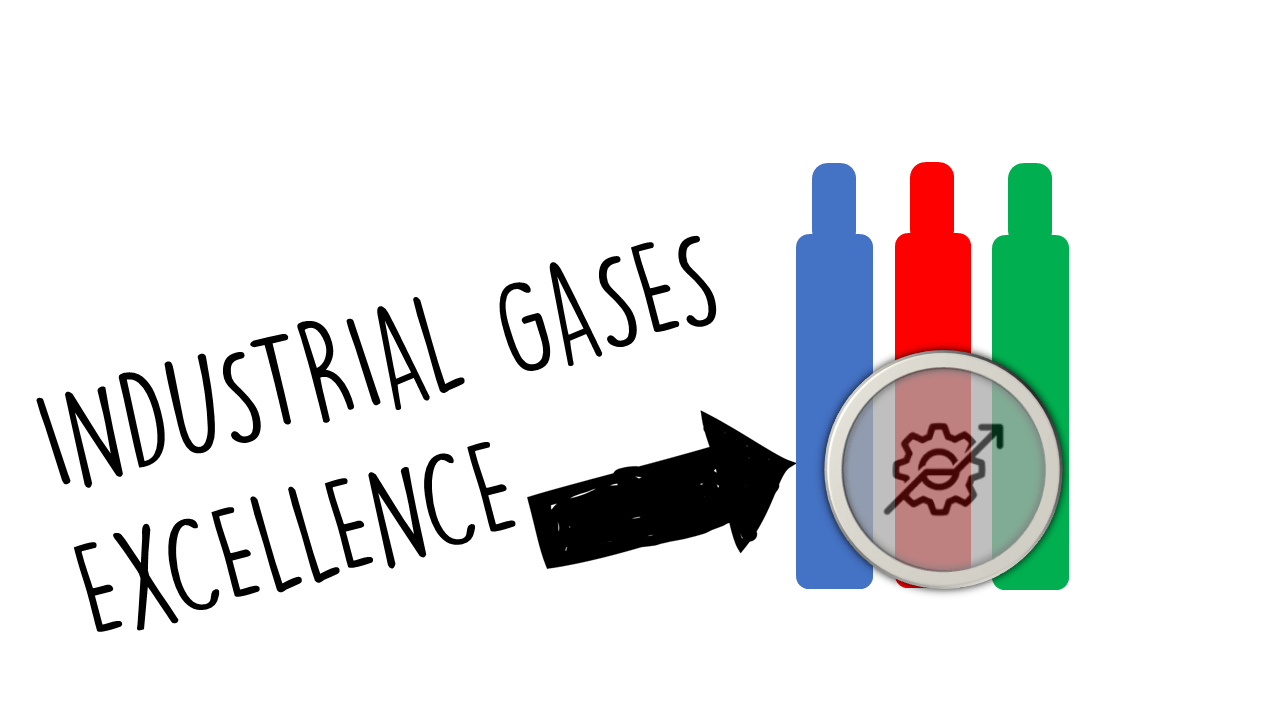The “Shop-in-Shop” model in the industrial gases sector is a collaborative retail strategy where gas suppliers partner with other businesses (such as manufacturers, distributors, or equipment retailers) to create dedicated spaces within their establishments.
These spaces serve as mini-stores or service stations that showcase and sell industrial gases and related products, providing customers with easy access to a range of offerings tailored to their needs.
Framing
In framing the Shop-in-Shop model within industrial gases, it’s important to consider several dimensions:
- Convenience: By situating gas products within established retail environments, customers experience ease of access to tools, equipment, and gases, promoting on-the-spot purchases.
- Cross-Selling Opportunities: The model encourages cross-promotions between gas suppliers and host businesses, enhancing the purchasing experience for customers and driving sales for both parties.
- Enhanced Customer Engagement: Dedicated shop space allows suppliers to interact directly with customers, offering consultations, product demonstrations, and specialized services.
- Brand Awareness: A presence in varied locations allows gas companies to increase their visibility, attracting a wider range of customers and fostering brand loyalty.
Re-Framing
To effectively re-frame the Shop-in-Shop model, it’s essential to consider current market trends and future opportunities:
- Focus on Integration: Emphasize seamless integration between the gas supplier and the host business, ensuring customer experiences are cohesive and enhancing the overall value proposition.
- Leverage Digital Tools: Incorporate digital solutions, such as e-commerce platforms and inventory management systems, to streamline ordering processes and inventory tracking within shop-in-shop locations.
- Customer Education: Position the shop-in-shop as not just a sales point but also as an educational space where customers can learn about the applications and benefits of industrial gases.
- Sustainability Initiatives: Highlight sustainability practices in product offerings, promoting gases that support environmentally-friendly processes and reinforcing the supplier’s commitment to sustainable solutions.
Actions
To implement the Shop-in-Shop model successfully in the industrial gases sector, companies should focus on the following actions:
- Identify Suitable Partners: Look for complementary businesses with established customer bases who might benefit from offering industrial gases alongside their products.
- Design Engaging Spaces: Create inviting and informative shop-in-shop environments that showcase products, provide training or demos, and display educational materials about industrial gases.
- Develop Joint Marketing Strategies: Formulate collaborative marketing initiatives to promote the shop-in-shop concept, utilizing both entities’ customer outreach capabilities.
- Gather Customer Feedback: Implement strategies for obtaining and analyzing feedback from customers to continuously improve the shop-in-shop offerings and their shopping experience.
- Monitor Performance: Establish metrics for assessing the success of the shop-in-shop model, including sales data, customer engagement levels, and customer satisfaction metrics.
Case Studies
Case Study 1: Gas Supplier Partnerships with Welding Equipment Retailers
- Challenge: A leading gas supplier faced competition in a saturated market and needed to improve its customer reach.
- Implementation: The gas supplier created shop-in-shop locations within welding equipment retail outlets, providing essential welding gases and offering hands-on demonstrations.
- Outcome: This arrangement increased sales by 25% for both the gas supplier and the hosting retailers, enhancing customer loyalty and brand awareness.
Case Study 2: Industrial Gases in Automotive Service Centers
- Challenge: Automotive service centers needed a consistent supply of specialty gases for vehicle maintenance without significant delays.
- Implementation: An industrial gas company established shop-in-shop partnerships with major automotive service centers, providing onsite availability of gases needed for repairs and maintenance.
- Outcome: The convenience of having gases readily available on-site cut service delays in half, leading to improved customer satisfaction and increased service uptake for the centers.
Case Study3: Shop-in-Shop for Medical Gases in Pharmacies
- Challenge: Difficulty in making medical gases readily available to patients.
- Implementation: A medical gas supplier collaborated with pharmacies to set up dedicated areas for medical gases, complete with consultation services for patients.
- Outcome: The pharmacies reported a40% increase in medical gas sales and enhanced customer service credentials, while patients appreciated the accessibility of essential medical gases.
Conclusion
The Shop-in-Shop model represents an innovative approach for companies in the industrial gases sector to expand their reach and enhance customer accessibility.
By partnering with complementary businesses and creating dedicated spaces, these suppliers can improve convenience for customers, enhance brand visibility, and create opportunities for cross-selling.
Successful implementation hinges on strategic partnerships, engaging customer experiences, and a commitment to providing valuable education and support.
Ultimately, adopting the Shop-in-Shop model can drive growth, resilience, and excellence in the industrial gases market, positioning suppliers as integral to the operations of diverse industries.





